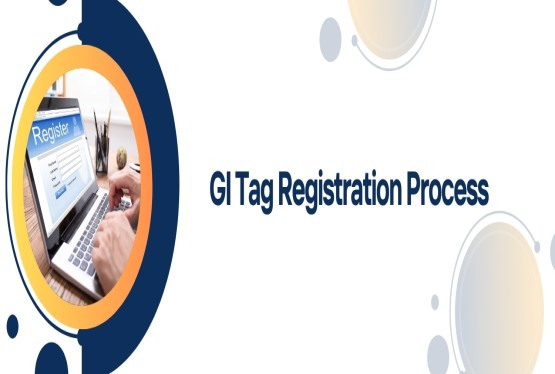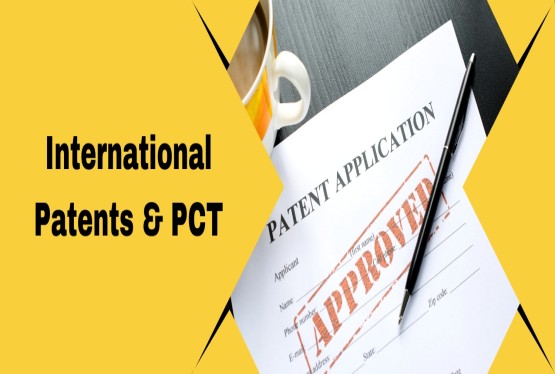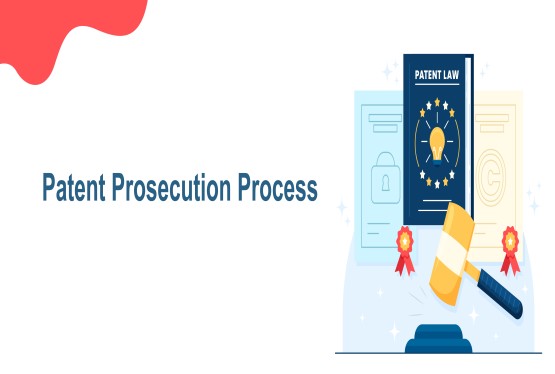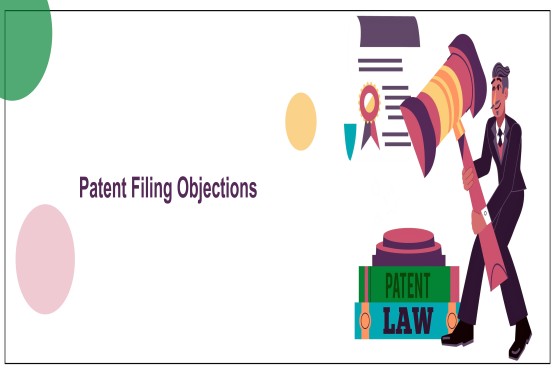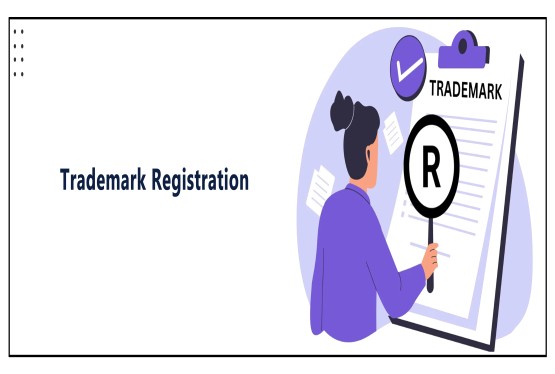In trademarks law, marks can be categorized based on the level of protection they are entitled to. Three most commonly misinterpreted types of marks are generic marks, descriptive marks, and deceptive marks. These differences is important for businesses seeking to register their trademark and protect their brand identity. In this article, we will explore each type in detail and discuss their relevance in trademarks law.
Generic Marks
Definition: A generic mark is a term that refers to the general category of goods or services rather than distinguishing the specific source of a product. Generic terms are common words used to describe specified goods or services.
Examples: The terms computer for computer hardware or shoes for footwear are generic because they refer to the respective goods and do not indicate a specific source. Even if a business uses a generic term as its brand name, it will not be granted trademark registration.
Legal Implications:
-
Lack of Protection: Generic marks cannot be registered as trademarks because they do not serve the primary function of a trademark, which is to identify the origin of the goods or services. Allowing trademark protection for a generic term would prevent other businesses from accurately describing their products.
-
Evolving Status: In some cases, a term that was once a trademark may become generic over time, a process known as "genericide." Examples include "escalator" and "thermos," which were originally brand names but became generic through widespread use.
Impact on Businesses: Companies should avoid using generic marks if they want to establish strong brand recognition and protect their brand from Trademark infringement. Businesses should select unique and distinctive marks.
Descriptive Marks
Definition: Descriptive marks are terms that directly describe a characteristic, feature, function, quality, or purpose of the product or service. Unlike generic marks, descriptive marks can potentially be registered if they acquire a secondary meaning over time.
Examples:
-
Creamy Yogurt for yogurt products is a descriptive mark because it describes the texture of the product.
-
Quick Print for printing services is another example of a descriptive mark that informs the consumer about the speed of the service.
Legal Implications:
-
Acquiring Distinctiveness: Descriptive marks are not inherently distinctive and cannot be registered as trademarks unless they acquire "secondary meaning." Secondary meaning occurs when the public associates the descriptive mark with a particular source, rather than the product or service itself.
-
Proof of Secondary Meaning: Establishing secondary meaning requires evidence, such as consumer surveys, advertising expenditures, and the length and exclusivity of the mark's use in the market.
Challenges for Businesses: Although descriptive marks can communicate information about a product, they are difficult to protect. Competitors may also use similar descriptive terms to market their products. Therefore, businesses should weigh the benefits and drawbacks before adopting a descriptive mark.
Deceptive Marks
Definition: Deceptive marks are terms or symbols that mislead or deceive consumers about the nature, quality, or geographical origin of the goods or services. A deceptive mark suggests something false or untrue that could influence a general public purchasing decision.
Examples:
-
Mountain Pure Spring Water for water that does not come from a mountain spring is a deceptive mark because it misrepresents the source of the water.
-
California Gold Olive Oil for olive oil that is neither from California nor made of gold-quality olives is also deceptive.
Legal Implications:
-
Absolute Prohibition: Deceptive marks are completely barred from trademark registration under most trademark laws. The reason is that allowing such marks would harm consumers and undermine the integrity of the marketplace.
-
Consumer Protection: The prohibition of deceptive marks ensures that consumers are not misled about the nature or origin of the products they purchase.
Key Considerations for Businesses: Businesses should avoid using any mark that could be considered deceptive. Not only would such a mark be ineligible for trademark protection, but it could also result in legal action or damage to the company's reputation.
Differences Summarized
|
Aspect |
Generic Marks |
Descriptive Marks |
Deceptive Marks |
|---|---|---|---|
|
Nature and Function |
Describe the general category of a product or service. |
Describe a specific characteristic or feature of the product or service |
Mislead or deceive consumers about the product or service |
|
Trademark Protection |
Never eligible for trademark protection |
Can be registered only if secondary meaning is established |
Never eligible for trademark protection due to their misleading nature |
|
Impact on Consumers |
Informative but not source-identifying |
Provide useful information but require distinctiveness for protection |
Mislead and confuse consumers, causing potential harm |
|
Examples |
"Computers" for computer hardware, "Shoes" for footwear |
"Creamy Yogurt" for yogurt, "Quick Print" for printing services |
"Mountain Pure Spring Water" for water, "California Gold Olive Oil" for olive oil |
Conclusion
Selecting a trademark is a strategic decision that can significantly impact a brand’s market position. Understanding the difference between generic, descriptive, and deceptive marks is essential to avoid legal pitfalls and ensure a strong, defensible brand identity. For maximum protection and brand strength, businesses should aim to create unique and suggestive marks that clearly distinguish their products from those of competitors.






























_(b)_of_the_Trademark_Act,_1999_(1)_crop10_thumb.jpg)



_crop10_thumb.jpg)




























_crop10_thumb.jpg)
_crop10_thumb.jpg)






_crop10_thumb.jpg)








_crop10_thumb.jpg)



_crop10_thumb.jpg)





























_crop10_thumb.jpg)

















_crop10_thumb.jpg)






_crop10_thumb.jpg)











































































































































_crop10_thumb.jpg)




































_crop10_thumb.jpg)












_crop10_thumb.jpg)













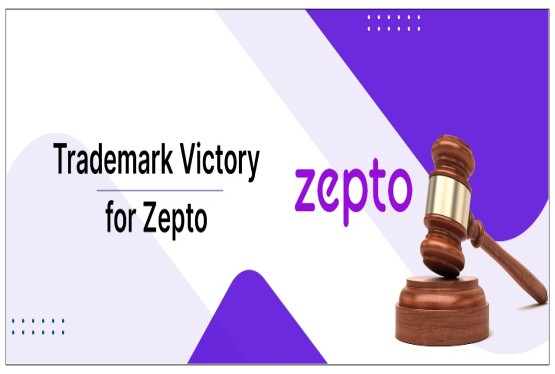




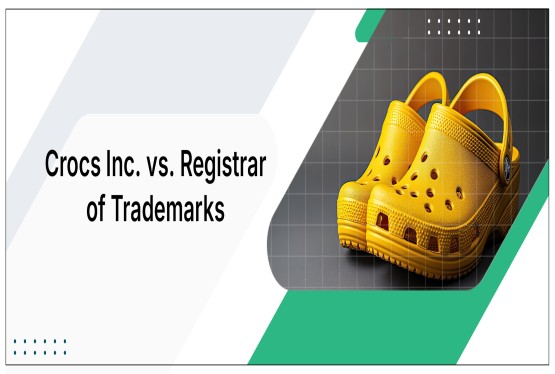




























_crop10_thumb.jpg)

















